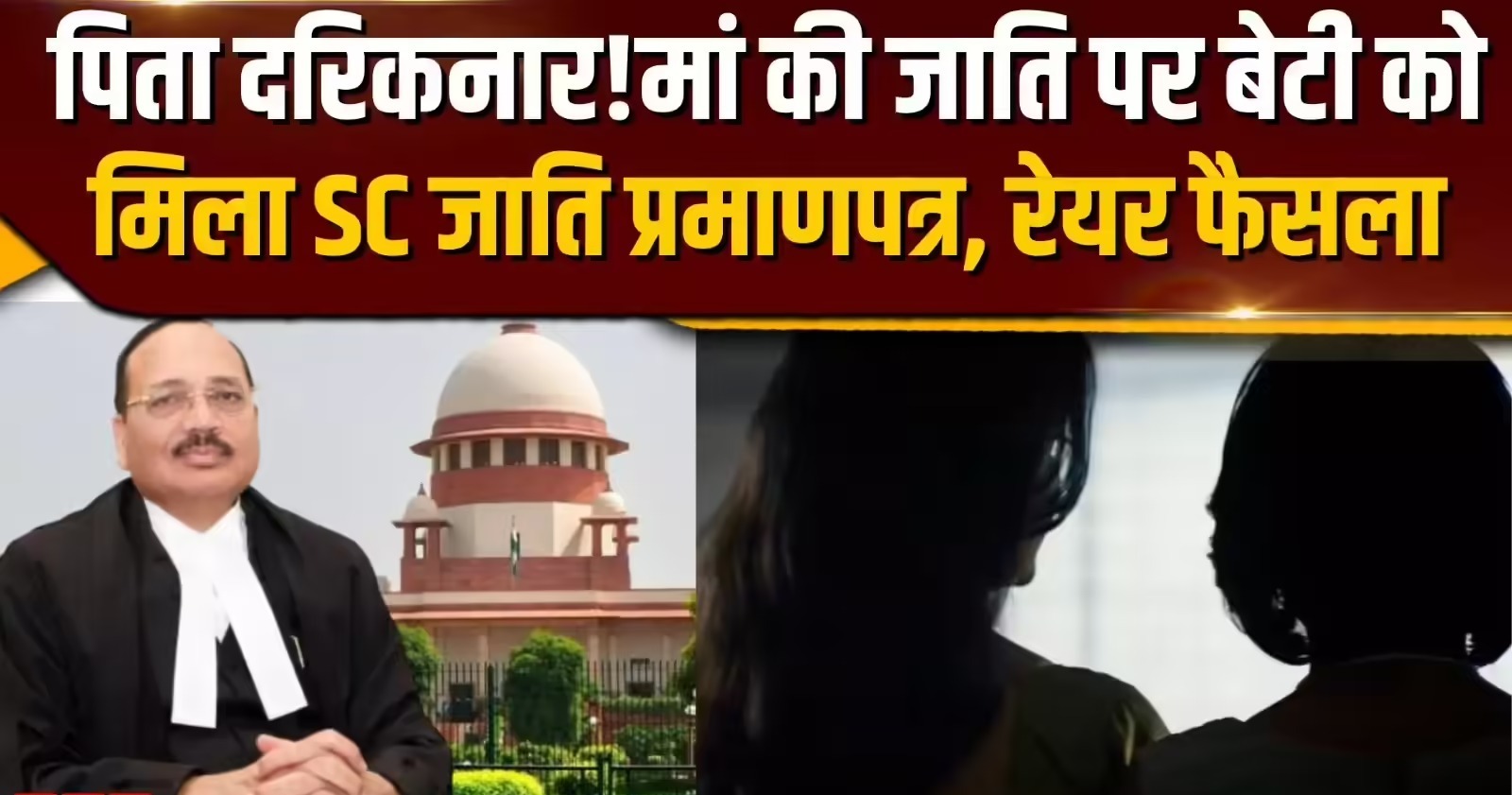1. The property in dispute in this case is alleged by the plaintiff to have belonged to one Khoda Buksh and held by the Defendant No. 1 as tenant under him. Certain heirs of Khoda Buksh obtained a decree for rent against the defendant No. 1 and in execution of the decree put up the property to sale. The defendant No. 6 purchased it on the 13th June 1904. Formal possession was taken by the purchaser on the 29th April 1905 and in September 1910, he conveyed the lands to the plaintiff.
2. The suit was for establishment of the plaintiff''s title and for recovery of possession.
3. The defence inter alia was that the property did not belong to Khoda Buksh nor did the defendant No. 1 hold it under him as tenant. A question was also raised whether one Ohijuddin Ahmed had a one-third share in the property.
4. With regard to the last question, the learned Subordinate Judge came to the conclusion that there was some nishkar property in which Ohijuddin had one-third share.
5. So far as the disputed property was concerned, the learned Judge on a consideration of the evidence came to the conclusion that the property belonged to Khoda Buksh alone.
6. The next and the main defense was that the defendant No. 1 had been in possession for more than 12 years in spite of the auction-purchase by defendant No. 6 and that therefore the plaintiff''s suit was barred by limitation. It appears, as stated above, that the auction-purchaser obtained only formal possession through Court. That was within 12 years of the suit.
7. It is contended before us by the learned pleader for the defendant-appellant that where the property sold is not in the possession of tenants or other persons entitled to occupy the same, the purchaser must obtain actual possession, and symbolical possession delivered in such a case cannot give the purchaser a fresh start for limitation.
8. The question whether symbolical possession operates, as between the decree-holder and the judgment-debtor, as actual possession was considered in two Full Bench decisions of this Court. In the case of Jugobundhu Mookerjee v. Ram Ch. Bysakh (1880) Cal. 584 = 5 C.L.R 548 (F.B.), it was laid down that delivery of possession by going through the process prescribed by S. 224 of Act VIII of 1859 is the only way in which the decree of the Court awarding possession to the plaintiff can be enforced; and as, in contemplation of law, both parties must be considered as being present at the time when the delivery is made, such delivery must as against the defendant, be deemed equivalent to actual possession. To the same effect is the decision in the case of Joggobundhu Mitter v. Purnananda Gossami (1889) 16 Cal. 530 (F.B.). In these two cases, however, the only possession which could be delivered was symbolical possession because the land was in the occupancy of tenants.
9. It has accordingly been contended on behalf of the appellant that, that principle cannot apply to a case where the decree-holder or purchaser could obtain actual possession and we have been referred to the cases of Shotenath Mookherjee v. Obhoynund Roy (1879) 5 Cal 381 and Mohadev Sakharam Parkar v. Janu Namji Hatle (1912) 36 Bom. 378 (F.B.).
10. In those cases, it was held that the delivery of merely formal possession of immoveable property (in the cases where the property is not in the possession of a tenant or other person entitled to occupy the same), to a purchaser at a Court-sale cannot prevent limitation running in favour of the judgment-debtor where the latter remains in actual possession.
11. These authorities are no doubt in favour of the appellant, and the view taken in these cases at one time was taken in some other cases in this Court. See the case of Pearee Mohun Poddar v. Jugobundhoo Sen (1876) 34 W.R. 418, though in some other cases a different view was taken: see Ashudoolla v. Shaikh Akbar Ali (1867) 7 W.R. 60 and Mahomed Wali v. Noor Buks (1876) 25 W.R. 127. Some of the cases on the point were considered by Birch and Mitter, JJ., in Umbicka Churn Goopta v. Madhab Ghoshal (1879) 4 Cal. 870 and the learned Judges held that formal possession given to a decree-holder by an officer of the Court in execution of his decree is sufficient to give him a fresh cause of action and notwithstanding that he may never have obtained actual possession, he or his assigns may sue to recover possession at any time within 12 years from the time when such formal possession was given. The learned Judges dissented from the view taken by Markby, J., in Pearee Mohun Poddar v. Jugobundhoo Sen (1876) 34 W.R. 418, as being opposed to the decision of the Judicial Committee in Gunga Govind Mandal v. Bhoopal Chandra Biswas (1872) 19 W.R. 101 (P.C), where their Lordships observed that the decree and execution put an end altogether to limitation, and that it was immaterial whether the decree-holder obtained actual possession or not. It may be pointed out however, that in the case before the Judicial Committee, the property was in the possession of tenants.
12. In a later decision, the same view was adopted. In the case of Lokeshwar Koer v. Purgan Roy (1881) 7 Cal. 418, Garth, C.J. was of opinion that the plaintiff having been put in possession under the decree by an officer of the Court, the form in which possession was given was quite immaterial. He said: "All that was necessary was for the officer of the Court to go upon a portion of the land, and give the plaintiff possession of that portion in respect of the whole J and any formal mistake which may have been made by the officer in the mode of giving possession could not prejudice the plaintiff." It was accordingly held following the decision in Jugobundhu Mookerjee v. Ram Chandra Bysakh (1880) Cal. 584 = 5 C.L.R 548 (F.B.), that as between the parties to the suit, Formal possession operates, in point of law and in fact, as a complete transfer, of actual possession from the one p arty to the other.
13. This principle was followed in the case of Shyama Charan Chatterji v. Madhab Chandra Mukherji (1884) 11 Cal. 93, where the learned Judges held that the delivery of formal possession in execution of a decree for possession gives a cause of action against a defendant who remains in occupation of the premises, which may be enforced in a regular suit.
14. Then in the case of Harimohan Saha v. Baburali (1897) 24 Cal. 715, where the auction-purchaser who had obtained symbolical possession brought a suit for possession of land within 12 years of the date on which he obtained symbolical possession, it was held that the suit was not barred.- Macloan, C.J. observed as follows: "Be that as it may, we have the fact which cannot be got over, that possession, call it symbolical, possession if you will, was given by a Civil Court in this case to the plaintiff, and in the case of Lokeshwar Koer v. Purgan Roy (1881) 7 Cal. 418 it was laid down that the formal possession given by a Civil Court under an execution operates, in point of law and of fact, as between the parties, as a complete transfer of possession from one party to the other....... It may be, that it was wrongly given by reason of the fact that actual possession ought to have been given under S. 318 of the Code, but still possession was given to the plaintiff by a Civil Court J and under the circumstances, it seems to me that the period of limitation must begin to run from the date of that possession being given." See also Mir Wazi-uddin v. Lala Deoki Nandan (1907) 6 C.L.J. 472 at pp. 481, 482, where the learned Judges considered the question whether the auction-purchaser at a sale for arrears of revenue has 12 years from the date on which formal possession is delivered to him by the Collector.
15. So far as our Court is concerned, all the later decisions are in favour of the view taken by the lower Court.
16. In the Madras High Court, the view taken by this Court has been adopted. See Govind v. Venkata Sastrulu (1908) 17 M.L.J. 598, where it was held that the delivery of symbolical possession, even though erroneously made, i.e., even though made under circumstances which do not make S. 319 applicable operates to give the person so put in possession a fresh cause of action and to place the judgment-debtor in the position of a trespasser.
17. The Allahabad High Court has also taken the same view; see Jagannath v. Milap Chand (1906) 28 All. 722.
18. The Bombay High Court as stated above has taken a different view in the case of Mahadeo v. Janu (1912) 36 Bom. 378 (F.B.), but the weight of authority is in favour of the view that symbolical possession as against the judgment-debtor operates as actual possession and gives a fresh start of limitation even in a case coming under S. 318 corresponding to O, 2-1, R 95 of the present Code. We must accordingly hold that the suit is not barred by limitation.
19. It has been contended by the learned pleader for the appellant that even if this principle can be availed of by the auction-purchaser, the plaintiff being a benamdar cannot take the benefit of the principle.
20. But the defendant No. 6 was the certificated purchaser and the plaintiff claims under him. In these circumstances, we think that the principle applies to the plaintiff also.
21. The learned pleader attacked the finding of the learned Subordinate Judge on the question of title of Khoda Buksh. There is evidence in support of the finding and the finding was arrived at upon a consideration of the whole evidence.
22. We think, in these circumstances, that the appeal must fail and is dismissed with costs.

